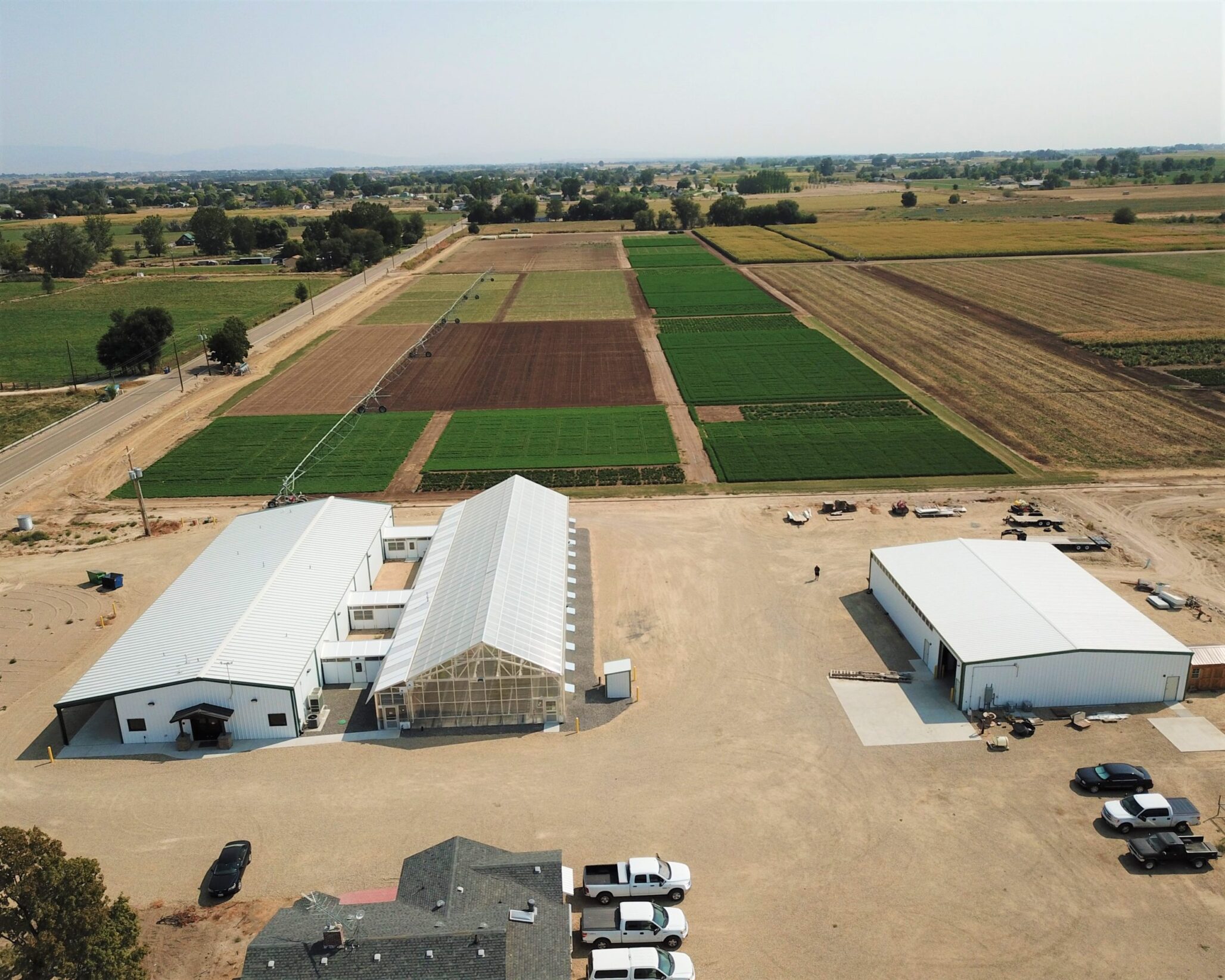Building on 40 years of research and development, S&W leverages new technologies to make alfalfa a more resilient species.
As one of only a handful of companies producing genetics for the alfalfa seed industry, S&W Seed Company has a longstanding history of focusing on the yield performance and agronomic character that matter to alfalfa growers.
Under the Alfalfa Partners brand in the U.S., both dormant and non-dormant varieties are a focus of the now 40-year-old company that brought together several successful breeding programs.
Chief among these were the legacy Pioneer alfalfa germplasm improvement program with more than 60 years of breeding history, S&W’s own salt tolerance emphasis with 40 years of continuous breeding, and Seed Genetics International’s Australian breeding and production for non-dormant varieties.
“S&W is one of the few companies that still does non-dormant alfalfa breeding in the world,” says S&W Seeds’ Alfalfa Product Director, Robin Newell.
“In fact, there aren’t many alfalfa breeding companies in the world, and that makes S&W one of only a few sources for new genetics in alfalfa.” There are however many brands of seed, he says. “S&W has a strong private label focus for companies wanting to take advantage of S&W’s germplasm diversity across both non dormant and fall dormant variety selections.”
To develop new varieties from their germplasm base, S&W has invested in a 68 acre research farm and state-of-the-art research facility complete with greenhouses, located near the S&W production facility in Nampa, Idaho. These facilities compliment the company’s Australia operations.
“We can do all of the selection work on-site for disease resistance and agronomic character, and our breeders have various trials in different stages at all times,” he says of S&W’s research focus and capabilities. “S&W also maintains several outlying locations where we select for agronomic improvements within key alfalfa growing environments, for example salt tolerance selections under extreme saline conditions in the San Joaquin Valley, in South Australia, and in Utah.
S&W also partnered with a leading gene-editing technology and technical expertise company, Calyxt, to lead the charge in alfalfa gene editing. There are a host of traits that can be addressed through gene editing by modifying the endogenous genes in the plant, without introducing new gene constructs from other species that often have yield lag associated with the genetic engineering process.
“In conjunction with the Minnesota gene editing company, Calyxt, we have jointly developed a non-GMO reduced lignin gene edited alfalfa product that we aim to launch in 2022,” Newell says.
Still in the development pipeline, the new S&W product was developed from elite S&W germplasm and is currently undergoing efficacy testing for yield, lignin reduction and relative feed quality increase.
“In this case, we started with gene-edited, elite germplasm that we are now propagating across all fall dormancy classes. We’re working to develop several varieties to run the gamut of fall dormancies,” he says.
In addition to gene editing, S&W has never waivered from their focus on high yield, nematode resistance and disease resistance — especially root rots.
“For example, the breeding program at S&W currently screens new experimental varieties against 17 different isolates of Aphanomyces. When it comes to multi-race resistance in alfalfa, certainly we’ve got that covered,” Newell says of S&W’s goal of making alfalfa a more resilient species in variable soil conditions. He shares that most fields where alfalfa is grown have more than one soil type and often more than one drainage class, and that one of the ways to get alfalfa to persist in variable soil types is to have high pathogen resistance and winter hardiness.
“I call it the blocking and tackling of plant breeding — you have to select for strong agronomic character, and that’s what the S&W program, at its core, has been able to succeed in,” he says. “And now all of this germplasm improvement history can be available to our private label marketing partners, along with the promise of a bright future in gene-edited traits.”













